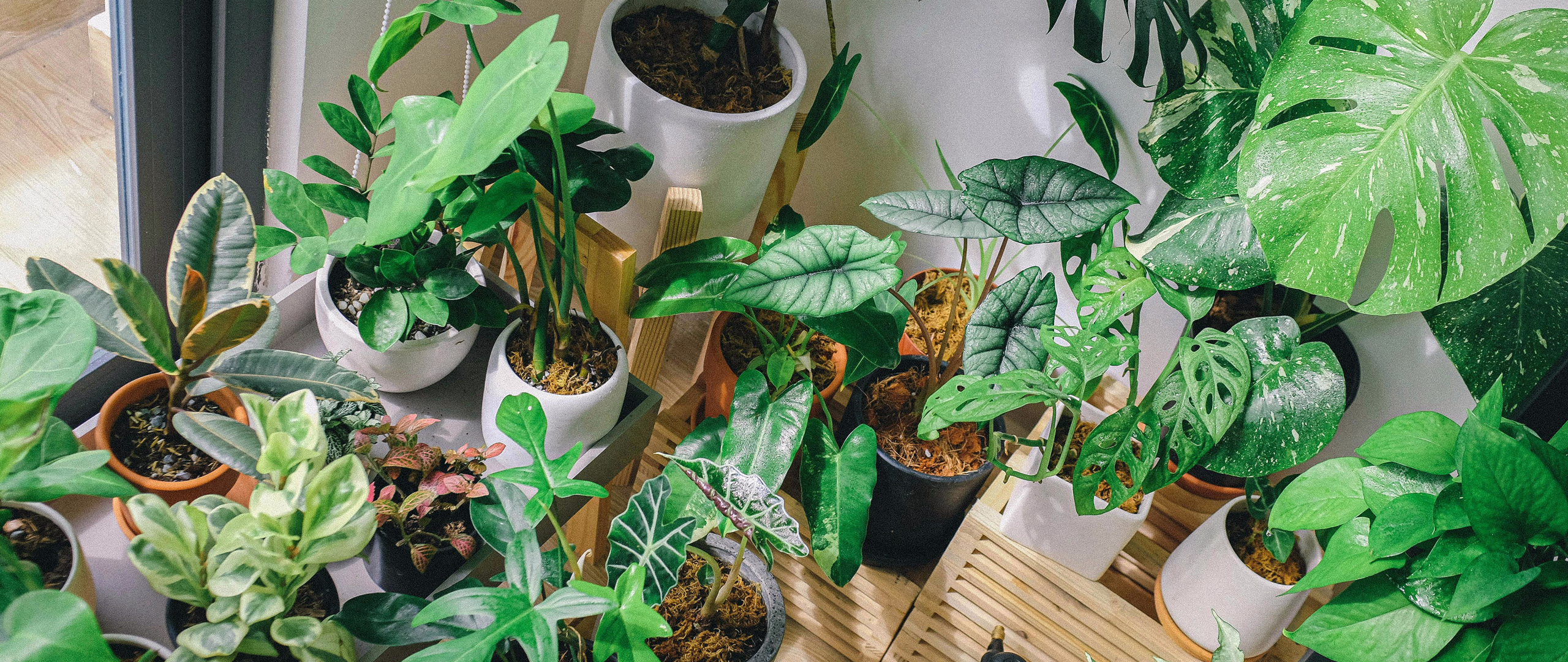How Skylights Help Indoor Plants to Thrive

Indoor plants can bring life, beauty, and cleaner air into any space – but their growth and health heavily depend on one incredibly important factor: natural light. While artificial light can certainly help, nothing quite matches the sun’s natural rays when it comes to supporting vibrant plant life.
Of course, not all homes have sufficient access to natural light through traditional windows. That is where skylights come into play. They can flood even the darkest rooms with sunlight, ensuring the plants that live within can get the energy they need all year long.
In this Solatube guide, we will outline why natural light is so essential for indoor plants and show you why skylights are the perfect way to provide them with the sunlight they crave. Let’s dive in!
Why Natural Light is Essential for Indoor Plants
Natural light is vital for indoor plants because it fuels the process of photosynthesis, which is essential for plant survival and growth. Photosynthesis allows plants to absorb sunlight and convert it into glucose – a form of energy that they use to grow leaves, flowers, and roots.
Natural light supports photosynthesis in the following ways:
- Energy Conversion: Plants use chlorophyll to absorb light and convert it into glucose, the energy source they need for growth.
- Oxygen Production: Along with glucose, plants release oxygen during photosynthesis, improving indoor air quality in the process.
- Strong Growth: Natural light encourages sturdy stems, larger leaves, and more vibrant blooms compared to plants that receive insufficient light.
Indoor plants placed in areas with limited natural light usually struggle to grow properly. Without the sunlight necessary to power photosynthesis, plants become weak, develop thin stems, and may eventually stop growing altogether.
Ensuring your plants have access to plenty of natural light is crucial to their long-term health.
Natural Light vs. Artificial Light
While artificial lights are often used to supplement indoor plant care, they cannot fully replace the benefits of natural sunlight. The primary differences between natural and artificial light are:
- Full-Spectrum Light: Natural sunlight contains all the wavelengths plants need to grow. Artificial lights generally focus on specific wavelengths, which can limit a plant’s ability to thrive.
- Intensity and Quality: Sunlight provides a the consistent intensity plants crave. Artificial lighting can be uneven, causing some plants to grow spindly or poorly.
- Circadian Rhythms: The sun’s daily cycle is crucial for regulating plant growth patterns. Natural sunlight helps maintain a good circadian rhythm – supporting a plant’s natural life cycle.
But what is the most effective way to provide plants with the natural light they need? Well, in our opinion, skylights are far and away the best option. Here’s why.
Skylights: The Best Way to Give Your Plants the Natural Light They Need
When homeowners want to add more natural light to a space, their first instinct is almost always to install a new window. However, people who go down this path often run into issues like:
- Limited Sunlight: Windows only provide light from one direction, often leaving parts of the room in shade.
- Obstructed Views: Nearby buildings, trees, or outdoor features can block sunlight from entering through the window.
- Restricted Plant Placement: Windows require plants to be placed near them for light – limiting design flexibility.
- Privacy Concerns: Adding a large window often lower privacy. As such, they may also require blinds or curtains that block light.
- Glare and Heat: Direct sunlight through windows often causes glare and overheating – making the room uncomfortable and increasing the risk of plants becoming sunburnt.
For homeowners who want to avoid dealing with these issues, skylights are generally a superior option. Why? Well, in no small part because they offer benefits such as:
- Even Light Distribution: Skylights allow natural light to pour in from above, illuminating the entire room more evenly than a traditional window can.
- Unobstructed Access to Sunlight: Skylights aren’t typically blocked by outdoor obstacles like trees or buildings. As such, they can deliver consistent sunlight throughout the day.
- Flexible Plant Placement: Since skylights light up the whole space, you can place your plants anywhere in the room – not just by the windows.
- Increased Privacy: Skylights provide abundant light without compromising privacy.
- Reduced Glare and Heat: Skylights diffuse sunlight – minimizing glare and preventing hot spots while maintaining a comfortable indoor temperature.
Are you and your plants ready to start enjoying the many benefits offered by a skylight? If so, all you need to do is pick up the phone and get in touch with a Solatube dealer near you. They’ll be happy to walk you through your options.
